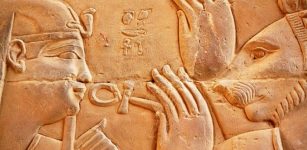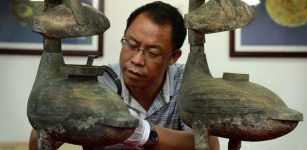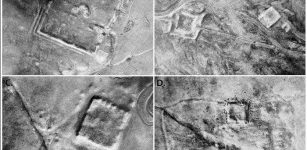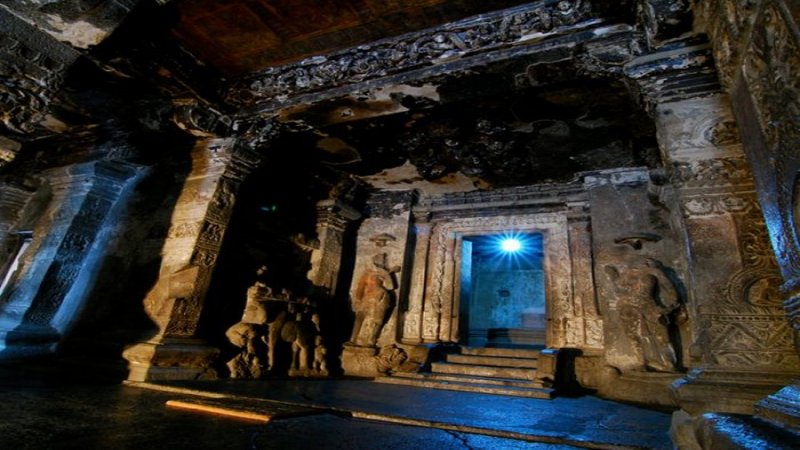Sir Marc Aurel Stein: Famous Fascinating Expeditions To Ancient Places Of The Silk Road
MessageToEagle.com – Sir Aurel Stein (1862 – 1943), British archaeologist, explorer famous for his archaeological discoveries in Central Asia, was fascinated by the history of the Silk Road.
For many years, Stein conducted scientific and archaeological excavations in various Asian countries and a large part of the exhibits at the British Museum and British Library comes from Stein’s exploration.
In March 1907, during his second expedition to Central Asia, Stein visited Dunhuang, an important city on the trade route known as the Silk Road and learned about the Dunhuang Mogao grottoes.
Using a small bribe he convinced Wang Yuanlu, Taoist monk to sell him 12 boxes of manuscripts, painted on silk. In June, 1907 years Stein smuggled them out of Dunhuang, and in August, 1908 took them from China.
In May of 1900, Stein began his first trip to western China and the Taklamakan Desert. This trip lasted nearly two years. He discovered beautiful Buddhist sculptures, paintings and Sanskrit texts. At Niya – an archaeological site about 115 km (71 mi) on the southern edge of the Tarim Basin in modern-day Xinjiang, China, Stein found many priceless artifacts. Among them more than 100 wooden tablets written in 105 CE, with clay seals, official documents written in an early Indian script. Other his discoveries included a carved stool, a mouse trap, a part of guitar, a bow and more.
The first expedition made him a famous man.
Stein also visited the site known as the Limes Watchtowers, fortified encampments located north of Dunhuang in northwest China, along the edges of the Taklamakan Desert. They extend the wall completed by Emperor Qin Shi Huangdi (259-210 BC) in 214 BC as a barrier against the Xiongnu.
Under the Han Dynasty (206 BC-220 AD) the walls were carried over 1,600 klometers to the west, to the easternmost edge of the Tarim Basin – where a series of mummies discovered in present-day Xinjiang, China.
The walls and beacon towers protected China’s trade and military colonies and served as a base for expansion into Central Asia.
They were made of stamped clay and gravel, alternating with layers with wood, to protect against corrosion by wind-blown sand. They were completed in less than a century with water carried over huge distances.
Behind the walls lay a series of watchtowers in varying in size, some as much as twenty feet square and as lofty as 30-40 feet. These housed small numbers of soldiers who watched the desert and signaled to armies stationed at nearby Dunhuang through a system of couriers and fire signals.
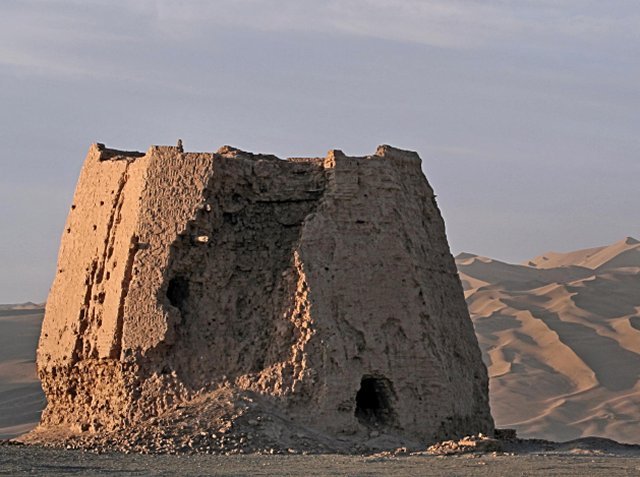
In one case, Stein gives some details regarding the towers:
The watch-tower, built entirely of regular courses of hard clay about four inches thick, with thin layers of tamarisk branches laid between them, still rose to over twenty-two feet. In order to give additional cohesion to the solid base measuring about twenty feet square, numerous wooden posts had been set in it vertically, and their ends were sticking out on the top.
The wall once guarded by the tower had passed to the north of it, with a bastion-like projection at about six yards’ distance…. (Stein, II, p. 50)
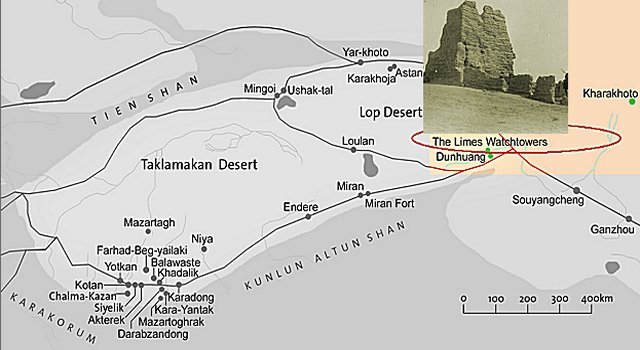
Within the towers Stein found an astounding range of artefacts, which provide a glimpse of garrison life and military operations under the Han Empire, including bronze mirrors, coarse pottery, tools, leather armour, weapons, shoes, and clothing.
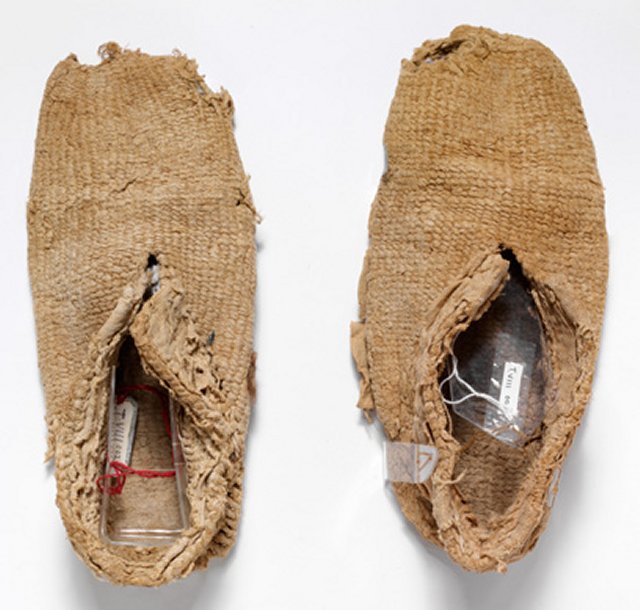
Ancient documents included personal letters on silk and wood, military directives and supply lists, and treatises on a range of subjects, including medicine and astrology.
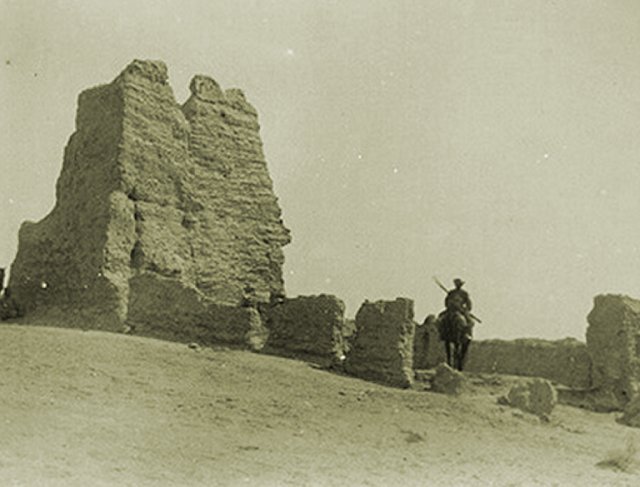
See also:
Mysterious Sleeping Beauty Of Loulan Mummy Is Still Perfectly Preserved After 3,800 Years!
Secret Ancient World Buried Under The Vast Takla Makan Desert
Mogao Grottoes, Dunhuang, China – Fascinating Statues, Manuscripts And Wall Paintings
Stein’s third expedition was also fruitful. He contributed hundreds of artifacts, manuscripts and silks to the British Museum.
He discovered ancient tombs, found lost ancient languages, unearthed the first printed book and much more.
However, after Stein’s expeditions, the Chinese denied any further excavations in their ancient sites.
He and other foreign archaeologists robbed China of its history.
First version of this article was originally published on January 10, 2015
Copyright © MessageToEagle.com. All rights reserved. This material may not be published, broadcast, rewritten or redistributed in whole or part without the express written permission of MessageToEagle.com


